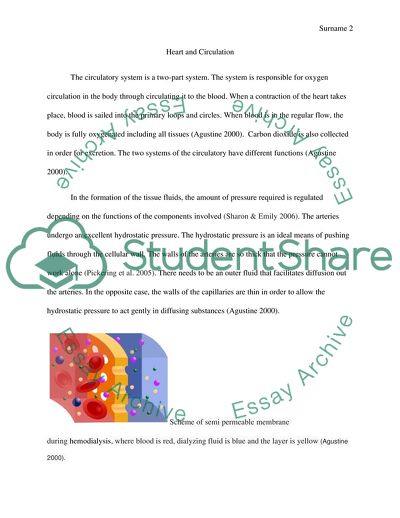Cite this document
(Heart and Circulation Essay Example | Topics and Well Written Essays - 1250 words, n.d.)
Heart and Circulation Essay Example | Topics and Well Written Essays - 1250 words. https://studentshare.org/biology/1832003-heart-circulation
Heart and Circulation Essay Example | Topics and Well Written Essays - 1250 words. https://studentshare.org/biology/1832003-heart-circulation
(Heart and Circulation Essay Example | Topics and Well Written Essays - 1250 Words)
Heart and Circulation Essay Example | Topics and Well Written Essays - 1250 Words. https://studentshare.org/biology/1832003-heart-circulation.
Heart and Circulation Essay Example | Topics and Well Written Essays - 1250 Words. https://studentshare.org/biology/1832003-heart-circulation.
“Heart and Circulation Essay Example | Topics and Well Written Essays - 1250 Words”. https://studentshare.org/biology/1832003-heart-circulation.


